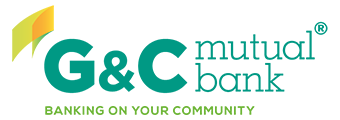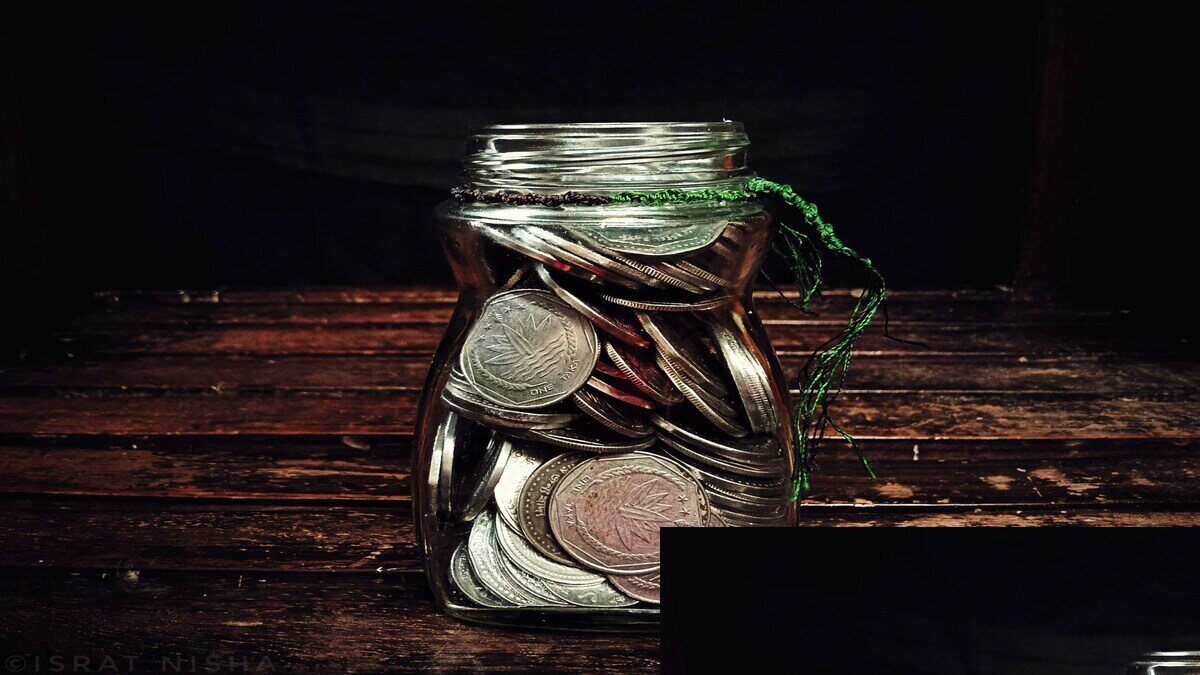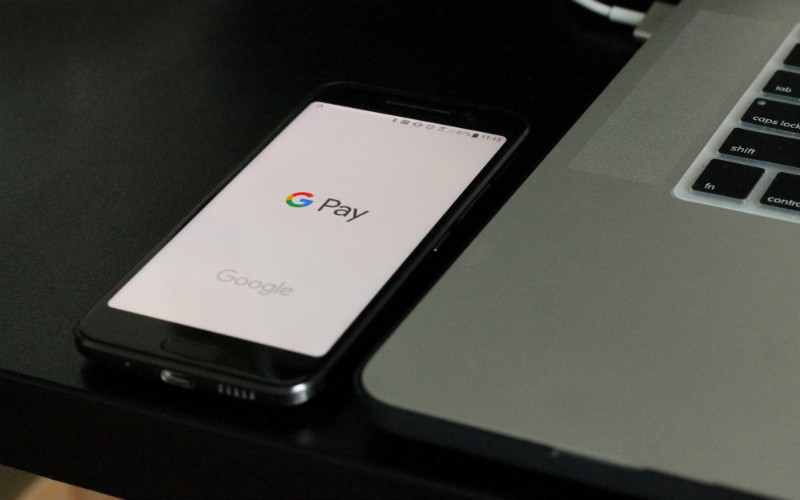Two of the more basic ways of earning a return on your money are through savings accounts and term deposits. These are both relatively low-risk products as even in the unlikely event that your bank goes broke, the government guarantees to give you back up to $250,000 in any disappeared funds.
So, if you've got a lump of cash you want to tuck away without the threat of it plunging in value, a savings account or a term deposit are good options. But which is better?
Savings.com.au has compared the differences and similarities between savings accounts and term deposits to help you make an informed decision, taking into account:
-
Interest rates
-
Fees
-
Flexibility and stability
-
Extra features
First things first: What are they?
What is a savings account?
A savings account is a bank account that allows you to deposit and withdraw money and earn a variable rate of interest on it. Unlike a transaction account, savings accounts typically don't come with a debit or EFTPOS card, so the funds are generally less accessible.
While you generally can't transact with a savings account, most allow you to transfer money in and out of it at any time.
The table below features some of the highest-interest savings accounts currently available on the market:

- Bonus rate for the first 4 months from account opening
- No account keeping fees
- No minimum balance
What is a term deposit?
A term deposit is a product which locks away a sum of money on a fixed interest rate for a set period of time. Unlike savings accounts, most term deposits do not allow you to access your money before term without a fairly hefty cost. (See the 'fees' section below for more information on how this works.)
They are widely regarded as "simple and safe" financial products.
"The main reason a customer takes out a TD (term deposit) over other forms of savings is a 'fixed or guaranteed return'. With a TD, the customer knows exactly what return they will receive from a deposit the moment they put the funds in. Other investment vehicles can have a lot of variation and no guarantees of a return.
Customers also like the simplicity of the product - I put in the money and can get my interest paid at maturity or monthly - and the process to establish, fund and manage a term deposit is very easy. At Judo Bank, we also offer a loyalty bonus if customers roll over their principal. In this way we are encouraging customers to save."
Judo Bank general manager of operations & deposits Patrick Nolan
Here's a selection of some of the highest term deposit interest rates currently on the market:
Interest rates: savings accounts vs term deposits
Historically, interest rates offered on both term deposits and savings accounts have been largely in step. Both products have featured rates strongly tied to the official cash rate as determined by the Reserve Bank of Australia.
The graphic below charts the average savings account interest rates (both bonus savings and online savings accounts) against the cash rate since 2018.
Term deposit rates have fared much the same. Below is an illustration of how three-year term deposit rates have tracked against savings account rates since January 2019.
Differences between a savings account and a term deposit
So, if the interest rates you stand to earn are roughly similar, what are the big differences between the two products? Here they are in a nutshell:
So, if the interest rates you stand to earn are roughly similar, what are the big differences between the two products? Here they are in a nutshell:
|
Features |
Savings account |
Term deposit |
|---|---|---|
|
Interest rate |
Variable |
Fixed |
|
Interest type |
Compound (generally calculated daily and paid monthly) |
Simple (generally paid end of term; more frequent payment options can come with lower interest rates) |
|
Fees |
Can come with monthly maintenance or transaction fees - or no fees (product dependent) |
All come with early withdrawal fee as well as lower interest payment penalty |
|
Stability |
Government guaranteed for deposits up to $250,000 |
Government guaranteed for deposits up to $250,000 |
|
Flexibility |
Can deposit and withdraw freely, but this may affect bonus interest eligibility for some savings accounts |
Money is locked away for a set term and accessing it will result in lower interest earnings and, for some products, a notice period and a break fee |
|
Other features |
Can come with apps that allow add-on features such as auto top-ups, budgeting options, linked accounts |
Some may feature loyalty bonuses for rolling over the deposit |
Let's look at them in more detail:
Interest type
Savings accounts
Interest rates on savings accounts are variable, not fixed, meaning providers can change them at will. This can depend on external factors, such as the cash rate increasing or decreasing, or internal factors such as the bank wanting to boost its profits.
Many savings account products offer bonus interest rates which you can earn by meeting specific conditions each month. These can include depositing a certain amount into a linked transaction account, growing the savings balance, limiting withdrawals from the savings account, or making a minimum number of transactions with a linked transaction account.
Having savings in a savings account can be a good thing in a rising interest rate environment, but not so lucrative when interest rates are falling.
See also: The different types of savings account interest rates
Term deposits
On the other hand, term deposit rates are fixed for the length of the term so unlike savings accounts, you won't experience either a rise or a fall in your term deposit interest rate after you've deposited. In other words, you'll get exactly what you signed up for.
Here's a look at the average term deposit rates for six-month, one-year, and three-year periods since 2018:
Interest calculation
One significant difference between savings accounts and term deposits is how interest is calculated. Savings accounts earn compound interest while term deposits typically earn simple interest. (Read more: simple vs compound interest.)
In practical terms, you can earn more on your money if you're earning compound interest. Let's consider an example:
Say you deposited $10,000 both in a savings account where interest is paid monthly, and a two-year term deposit, both paying an interest rate of 4%. After two years - assuming there were no interest rate changes - the savings account will have earned you around $831 while the term deposit will have earned $800.
With compound interest, the principal (the $10,000 you initially deposited) earns interest and so does any interest you earn on it. That is, you keep earning interest on your interest. Term deposits typically earn simple interest, where interest is paid in one lump at the end of a specified term.
Some longer-term deposits give you the option of earning fortnightly, monthly, quarterly, or annual interest payments although more frequent interest payments generally come with lower interest rates than an end-of-term payment. (We'll talk more about payment frequency in the Features section below.)
So, why doesn't everyone just use savings accounts?
The main reason is that the interest rate on savings accounts is subject to change at any time while term deposit rates stay the same for the specified time your money is deposited. Some depositors prefer the certainty of knowing exactly what their money is going to earn.
Fees
As with most financial products, there are fees to consider and these can differ considerably from product to product.
Savings accounts
Most savings accounts don't charge any fees, but some may charge:
-
Monthly account-keeping fees
-
Electronic transaction fees
-
Branch deposit fees
-
Over-the-counter transaction fees
According to Savings.com.au's research, the highest monthly account keeping fee for a savings account is $6 (so $72 per year) although some accounts will waive fees if you deposit a certain amount each month or hold a concession or healthcare card.
It pays to look for a fee-free savings account with minimal conditions for achieving its highest interest rate. Doing this can save you a considerable sum each year without you even having to think about it.
Term deposits
Most term deposit providers don't levy fees. However, they will charge a penalty for early withdrawals, which can either be a flat fee or a tiered 'interest rate reduction' that effectively lowers your fixed rate depending on how long you had left in your term before you withdrew your deposit.
Although the exact reductions will depend on your provider, it's not uncommon for returns to be cut like so:
|
Percentage of the term elapsed |
Interest rate reduction |
|
0% to 20% |
90% |
|
20% to 40% |
80% |
|
40% to 60% |
60% |
|
60% to 80% |
40% |
|
80% to 100% |
20% |
It could mean that by withdrawing your term deposit halfway through, you'd only earn an interest rate that's 40% of what you signed up for. This can be a far greater cost than any savings account fees.
Stability and flexibility
Both term deposits and savings accounts are generally safe places to store your money, as deposits with any institution on APRA's list of authorised deposit-taking institutions (ADIs) are guaranteed by the government on amounts up to $250,000. But while both options offer safety, they differ greatly in their flexibility.
Savings accounts
By all measures, savings accounts are far more flexible than term deposits. You can transfer money in or out of them at any time although, for some accounts, this could mean you might fail to meet bonus interest rate conditions. For most accounts, you can also set up automatic transfers in or out to help meet your savings goals. Some people may choose to deposit a portion of their salary into their savings account every month.
Term deposits
If you're after flexibility, term deposits may not be for you. You can't withdraw from them without incurring a penalty and some require you to give up to a month's notice if you're intending to take your money. Making extra deposits is also not available with most term deposit products, so savings accounts are the clear winner when it comes to flexibility.
But it's worth noting some customers prefer that lack of flexibility. Knowing that their funds are locked away for a set period can make them far less tempted to access them, given the harsh penalties that are attached. Term deposits are particularly popular with senior investors over 65 who don't mind exchanging flexibility for peace of mind and a stable return.
Extra features
Sometimes you might want a few bells and whistles when it comes to storing your cash. In most cases, it's savings accounts that come out on top here.
Savings accounts
Features on savings accounts can vary greatly between providers. In addition to offering bonus interest rates and little to no fees, a number of savings accounts allow for multiple linked transaction accounts, so customers can allocate money to different spend categories. For example, they can have one account for 'fixed' costs, like mortgage repayments, bills, and insurances while keeping another for everyday spending.
As well, many savings accounts come with apps that let you see your balance and track your daily spending. Others may feature savings tools like 'automatic round ups' which automatically save small amounts from your daily transactions or allow you to set daily spending limits.
Term deposits
Term deposits are pretty light in terms of features. They are, by nature, a very simple product - a 'put your money in and come back later' style product. But one feature that some term deposits offer is the option of different interest payment periods. For longer term deposits (usually more than a year), you can sometimes request to have interest paid:
-
Monthly
-
Quarterly
-
Semi-annually
-
Annually
Even if you opted for more frequent interest payments on your term deposit, you're still likely to only be earning simple interest given banks don't usually allow the interest payments to be reinvested into the term deposit - preventing compounding. Also, in nearly all cases, providers offer lower interest rates in exchange for more frequent payments over the same set period.
Savings.com.au's two cents
On some counts, term deposits and savings accounts can offer similar benefits but are quite different products. The choice between them comes down to what you're looking to get out of your money.
Below is the Savings.com.au verdict on which is the better product when all points are considered:
-
Interest rates: a draw
-
Fees: a draw (although this depends entirely on whether you withdraw early from a term deposit or choose a savings account that charges monthly account-keeping fees or puts too many obstacles in the way of achieving a bonus interest rate)
-
Stability: term deposits
-
Flexibility: savings accounts
-
Extra features: savings accounts
When deciding between the two, you need to consider your specific requirements: your current budget, what your savings goal is, how much you can afford to put away, and how likely you are to need that money in the near future.
It's also worth considering external factors such as whether interest rates are forecast to rise or fall. Putting money into a term deposit in a high-interest rate environment and accessing it again when interest rates are considerably lower can earn you more than a savings account would have over the same period. But even economists struggle to forecast these things accurately.
At the end of the day, if you prefer having easy access to your funds while you're saving, a savings account will probably tick your boxes. Alternatively, if you're trying to meet longer-term savings goals where you want to remove the temptation to access your money, a term deposit may suit you better.
When comparing products, finding a good interest rate is all-important. But so is reading the fine print on all the products you're considering so you're aware of early withdrawal charges, any fees that may be attached, and any conditions you need to meet to ensure you receive the highest interest rate possible.
First published on May 2021
Photo via Smileus at Getty Images











 Harry O'Sullivan
Harry O'Sullivan
 Emma Duffy
Emma Duffy













